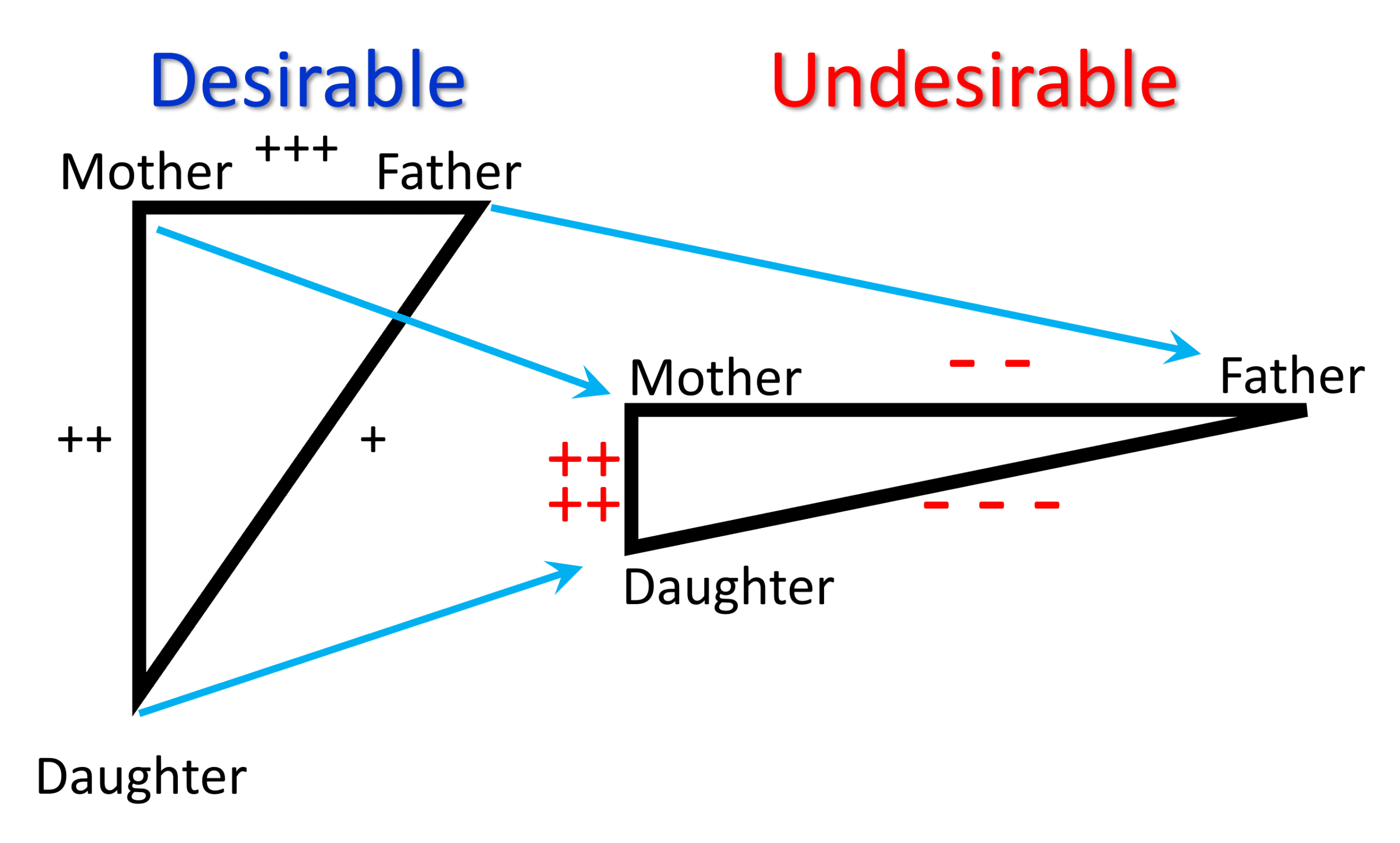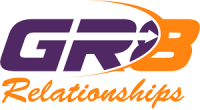Parents and children are an amazing combination God uses to grow both. Unfortunately, it is easy for parents to do their roles incorrectly
Two Gifts We Give Our Children
An ancient Jewish tradition talks about passing on roots and wings as two wonderful gifts to your children. The first gift is roots, meaning the ability to relate, be dependent, the ability to belong, nest, and know how to be a “we.”
Root | Wing |
|
|
Typically, the mother is the primary model for roots because of her estrogen/progesterone. Men have some of that ability, but it is mostly learned, not built in. On the other hand, the father has the built-in ability to provide the gift of wings – the ability to be independent, the concept of flying, separation, moving off, and being on your own. The concept of how to be “I.” And the father should be the primary model of wings because of his testosterone.
Which One - Roots or Wings?
There is danger in those gifts because, too often, in too many families, wings are pushed on and promoted to the girls. Since we have irresponsible men, women need to take care of themselves. They are developed to be and act differently than they are designed.
Of course, the opposite is true also, roots are promoted as more important for young men. The nature of men and young men is seen as bad. Therefore, the very nature of a young man is downplayed while he is pushed to be more dependent and relational – roots.
Both are needed. But a child will be encouraged to develop improperly if parents ignore the designs of males and females. It is better to use the strengths of each and build on those to be used constructively.
My Family
Louie and I see this idea of roots and wings very clearly in our lives and families. Louie was raised in a family that was more about roots, more about belonging, more about a sense of family, and a sense of “we.” She would go to family reunions that would have two, three, or maybe even four hundred relatives attending.
If you look at my life, my family, I did not know my grandparents on my mother’s side. They died before I was even born. And I was only with my grandparents on my father’s side maybe three times in my life. I knew the names of some of my uncles and aunts but was rarely with them – maybe once or twice in my entire life.
And guess what is true about me and my two brothers and sister? I am the youngest in the family, and we rarely get together. It is not that we do not like each other, we enjoy each other when we get together, but we don’t talk to each other much.
That implies I am more of a wing, and, based on the statistics, I would tend to marry a root like Louie. There is an attraction to each other because both are needed. Unfortunately, each person thinks they are complete by marrying somebody that has the other gift. It turns out to be an irritant for each person, as you will see later in “Who We Attract and Are Attracted To.”
You really need to think about how you are providing those gifts and which child you are providing those gifts. It is typically best for the mother to model roots and for the father to model wings.
Triangling
Triangling is a term that is best understood by keeping the shape of a triangle in your mind. Each of the triangle's three points typically represents a person and sometimes a thing.
It occurs in a family primarily because the mother and father are not meeting each other's emotional needs.
Assume one point of a triangle is the mother, the second point is the father, and the third point is the child. Further, assume that the total length of all the lines remains the same no matter how the triangle is drawn. If any point on the triangle moves, it will change the distance to the other two points.

That means the shape of the triangle changes depending on the emotional closeness of each person in the triangle. When the emotional needs are not met between the father and mother, they still have those emotional needs which demand to be met somehow. The worse the emotional bond between the parents, the more likely those emotional needs will be met by someone else or something.
Targets of Triangling
In the family system, the children are often the targets of a parent's emotional needs. They are pulled closer to a parent since the spouse relationship is growing further apart. As the parents grow further apart, the stage is set for triangling the children. A mother will tend to triangle a child, a pet, or a living thing because why? She is relational!
A man will often triangle, what? Work and activities because he is more work-oriented.
In the triangle graphic above, health is when the emotions are 3+ between the mother and father, 2+ between mother and daughter, and 1+ between father and daughter. The strongest emotional bonds need to be the marriage. Secondly, between same-sex parent and child, and thirdly between opposite-sex parent and child. When those healthy bonds are created, triangling is not part of the system.
Here is more danger. When you triangle a child, you encourage your child to sin. How so? Consider the following verse.
Danger of Triangling
"Honor your father and your mother, which is the first commandment with promise; that it may be well with you and you may live long on the earth." – Ephesians 6:2-3
Picture a mother who triangles one of the children. The triangled child is drawn closer to the mother and distanced from the father, as you see in the graphic above. The child is therefore asked to honor the mother but not the father. Obviously, the opposite is true if the father triangles a child.
But that is not where it ends. If there are other children in the family, and they are not triangled, then they are what you would call separate. Those children are being taught not to honor their mother or father. So, triangling sets up the children to disobey God’s word, both those triangled and those that are not.
Unfortunately, triangling is a common theme for families, especially with parents living out their dreams and life through their children.
Keep in mind that all of this starts from the breakdown of the relationship between the mother and father. When husbands and wives do marriage and family God’s way, families work best. When God is the center, and both husband and wife are focused on God, that is an exceptionally good triangle. And the closer they get to him, the closer they become to one another.
This is all too common, so look at your family and shut triangling down.
Tags
0057TV, child too close to the parent, children meeting the parent's emotional needs, close to one child, parenting, triangling
